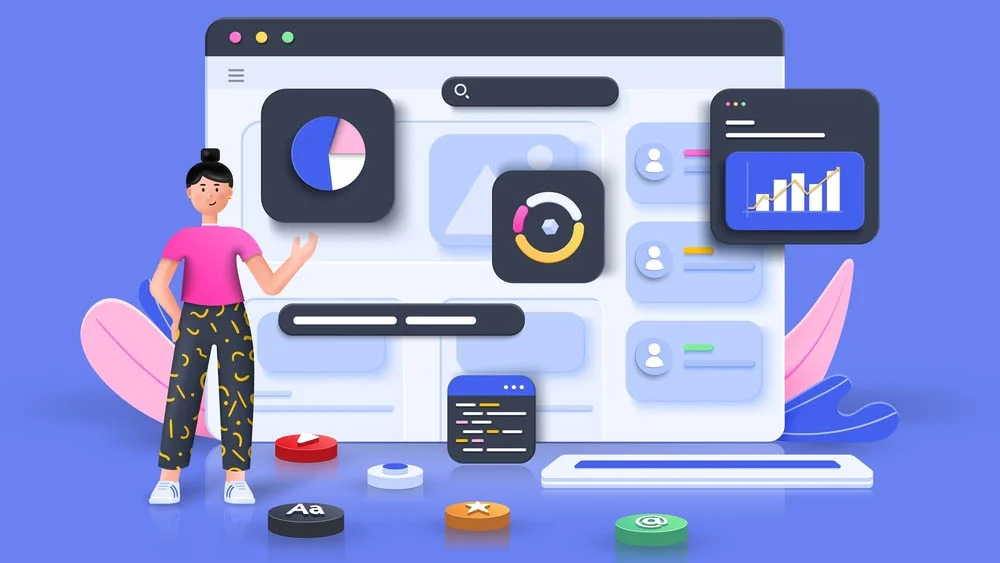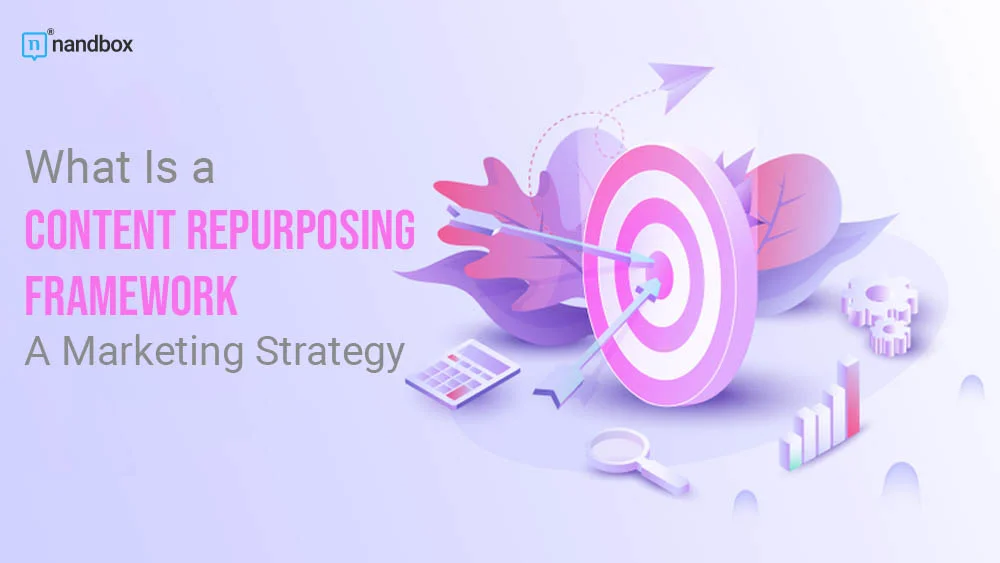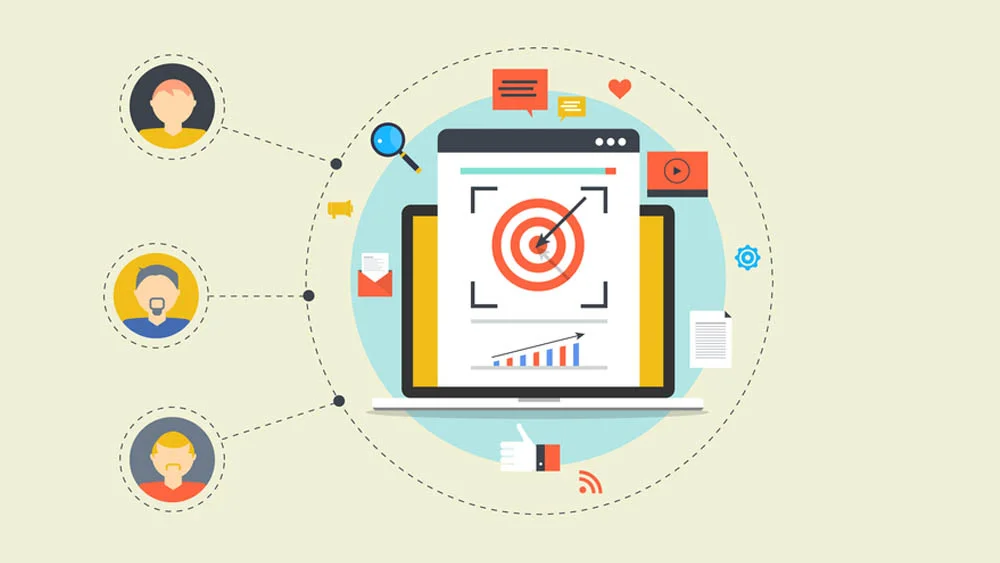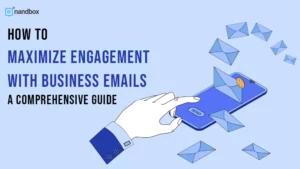Content Repurposing Framework: A Quick Overview
Ever recycled something to reuse it again? Some things are meant to be reused and are of great value or benefit, and that’s why we give them another opportunity in life. Content repurposing is something like that. This is a marketing strategy that never works to benefit your marketing campaigns. The content repurposing framework is a much more detailed factor that will help your marketing as well.
That is why we’re here today to discuss this important strategy and show you all of its aspects and how you can benefit from it. Creating high-quality content takes time and effort, so it’s important to make the most of it. Repurposing your content can help you reach a wider audience and get more value from your investment. In this article, we’ll explore a framework for repurposing your content that can help you develop a comprehensive marketing strategy.
What Is Content Repurposing?
Simply put, content repurposing is like taking one piece of content and transforming it into something else that might be a bit closer to what was originally written. Let’s say, for example, that you want to transform a certain blog article into a transcript that is meant for a podcast. That transformation is what we call “content repurposing.” From my point of view, any piece of professional ghostwriting can be repurposed.
It is important that you don’t waste your time by jumping on to your next task without looking at your already-created content and checking if it can be transformed into something else or not. It is crucial for you to save time and effort. That is, in order to use this time and effort on other projects that will actually require you to give them new thoughts and do new research for them.
Why Is Content Repurposing Important?
Content repurposing helps content scale faster and appeal to more people at certain stages. Furthermore, repurposing your content allows you to reach a higher traffic rate. Through this strategy, you are able to reach more people, show off your unique selling point, and remind your users of the value proposition you are offering them. This is considered one of the most cost-effective ways of generating content and effectively using it.
Another major necessity this strategy conquers is helping you through outsourcing social media management. This happens without any damage to your post’s quality. You can literally transform, let’s say, a presentation into a blog article that could inspire graphical design, post content, or any other social media-related content.
Benefits of a Content Repurposing Framework
We mentioned how useful a content repurposing framework could be, and that is why it’s time we list a few of its benefits that will let you consider it in the future:
- Saves time and money: Well, you simply transform content instead of writing it from the beginning. An average blog article could take up to four full hours! That is why we advise you to actually save your time and money by not having to subscribe to many premium editing CMS (Content Management Systems) in order to get your content out there. Also, leveraging an essay writer can significantly expedite the content creation process, making it a cost-effective and time-saving solution for content creators and businesses.
- Scale your content production: If you use this strategy and implement it in your content creation workflow, you won’t have to create new content from scratch. which will help with your content production rate. You can then use that piece of content as the foundation or base of certain other types of content, like video scripts, podcast transcriptions, social media post content, content included in a digital design, etc.
- Reach a wider audience span: how so? This is possible due to the different types of personalities that we humans have. People’s preferences vary; some like to read, others listen, and others actually watch videos. By transforming your content through repurposing, you can let people who hate reading blog articles know what you’re offering through a podcast, for example.
The Disadvantages of a Content Repurposing Framework
As useful as content repurposing is, it still has its own disadvantages. We mentioned how it maximizes all usages of already-generated content that you might have. However, that doesn’t mean that it doesn’t have a few drawbacks. Here are some of the disadvantages that you have to take into consideration whenever you are using this strategy:
- Lack of originality in content: Repurposing content often involves taking existing material and presenting it in a different format or targeting a different audience. However, if not executed carefully, it can lead to a lack of originality. Your audience may find repetitive content boring or redundant, which could result in disengagement.
- A decrease in your search engine optimization (SEO) value: When repurposing content, it’s important to consider the impact on SEO. Duplicate content, particularly when it’s not appropriately marked or optimized, can harm your search rankings. Search engines may penalize websites that present identical or substantially similar content across multiple pages or domains.
- Messaging inconsistency: Repurposing content requires modifying it to fit different formats, platforms, or target audiences. However, if the modifications are not handled carefully, inconsistencies in messaging may arise. Incoherent messaging can confuse your audience and dilute your brand identity.
- Audience Fatigue: Repurposing content too frequently or across multiple platforms without offering substantial or other value can result in audience fatigue or boredom. If your audience comes across the same content repeatedly, they may lose interest and feel that your app, brand, or business is not delivering fresh, unique content.
Content Repurposing Framework Steps
There are certain steps that we promised we’d walk you through in the guide to help you decide which repurposing framework works best for your business. Below, we’ll explore a framework for repurposing your content that can help you develop a comprehensive marketing strategy.
Identify Your Top-Performing Content
The first step in repurposing your content is to identify your top-performing pieces. These are the articles, videos, or social media posts that have received the most engagement, shares, or views. Look for patterns in the content that resonate with your audience, such as topics, formats, or styles. Once you have identified your top-performing content, you can start thinking about how to repurpose it for different channels and formats.
Determine the Best Format for Repurposing
Once you have identified your top-performing content, it’s important to determine the best format for repurposing it. For example, as we mentioned above, a blog post could be turned into a video, an infographic, or a podcast episode. Consider the preferences of your audience and the channels where they are most active. If your audience is more visual, an infographic or video may be the best option. If they prefer audio content, a podcast episode may be more effective. By repurposing your content into different formats, you can reach a wider audience and increase engagement.
Tailor the Content to the New Format
When repurposing content, it’s important to tailor it to the new format. For example, a blog post may need to be condensed and simplified for a video or infographic. On the other hand, a podcast episode may need to be expanded and include more detail than a written article. Consider the strengths and limitations of each format and adjust the content accordingly. This will ensure that the repurposed content is effective and engaging for your audience.
Optimize for the New Platform or Channel

When repurposing content, it’s important to optimize it for the new platform or channel. This means understanding the audience and their preferences, as well as the technical requirements of the platform. For example, if you’re repurposing a blog post for social media, you may need to create shorter, more attention-grabbing headlines and use more visual content. If you’re repurposing a video for a podcast, you may need to edit out any visual elements and focus on the audio content. By optimizing your repurposed content, you’ll increase its effectiveness and reach a wider audience.
Promote the Repurposed Content to Reach a Wider Audience.
Repurposing content is a great way to get more mileage out of your existing content and reach a wider audience. But it’s not enough to simply repurpose the content and post it on a new platform or channel. You also need to promote it to ensure that it reaches as many people as possible. This can include sharing it on social media, sending it out in an email newsletter, or even running paid ads to promote it. By promoting your repurposed content, you’ll increase its visibility and drive more traffic to your website or social media channels.
Wrapping It Up
A content repurposing framework for your marketing strategy is very useful. However, you must be careful when using this technique in order to maximize its benefits. Make sure to check out its disadvantages and advantages to understand all of this strategy’s aspects. The reason this article exists is that we’re trying to help people boost their businesses using different strategies and methods. If that is your aim as well, then we advise you to build or develop an app for your business. We know that the word “develop” scares some people to some extent. They feel like they might not be able to “develop” an app without any prior coding or programming language knowledge. However, as a matter of fact, you actually can.
Using nandbox’s native no-code app builder, you can create an app from scratch without having to deal with a team of developers or any other IT-related personnel. Sign up now for nandbox’s native no-code app builder and develop your own app with our simple drag-and-drop interface that will allow you to add features easily and simply. You will have a 14-day free trial to familiarize yourself with the app development process. Additionally, you will have access to our documentation section, which is a detailed guide that will allow you to understand all of the app builder’s features and modules.






